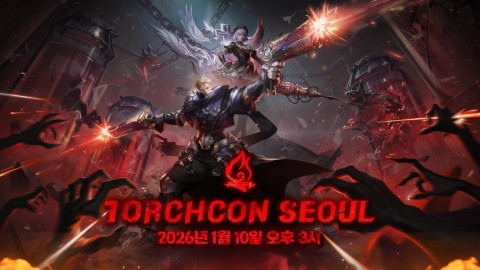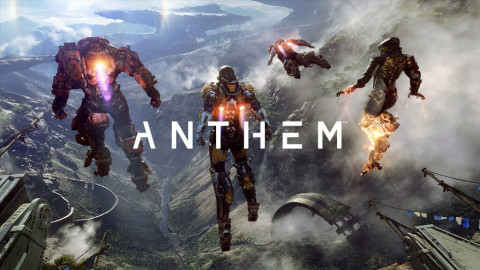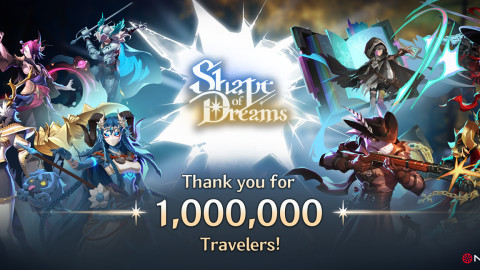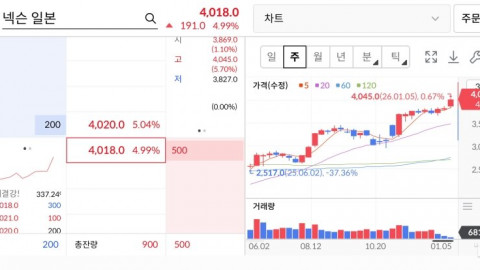
Over the past couple of weeks, Thresh/Nasus has established itself to be one of the best decks in Legends of Runeterra. It has an explosive early game, enough draw power to not run out of steam, and a strong late game thanks to the Nasus + Atrocity combo.
This begs the question: is Thresh/Nasus oppressive? I personally believe that it is not, but before I explain why, it is important to talk about what makes strategies oppressive not only in the context of LoR, but in the context of the collectible card game genre in general.
Defining oppression
While there is a bit of subjectivity at play here, oppression in the context of a card game can be defined when a card or deck satisfies any one of the following three parameters:
- Lacks effective counterplay (Parameter 1)
- Hinders the viability of other cards or decks (Parameter 2)
- Has near-universal representation (~70%+) at the highest levels of competitive play over a relevant sample size/prolonged period of time (Parameter 3)
An example of Parameter 1 can be observed through Stony Suppressor, which sees play in some fast Demacia decks like Scouts. When you summon Stony Suppressor against a deck that makes use of a variety of cheap spells to level its champion(s), such as Lee Sin, it makes the game close to unplayable for your opponent.

The mana tax on cheap spells like Gems, Pale Cascade, and Guiding Touch greatly decreases the speed that the Lee deck can operate at and often makes it impossible to give the blind monk Challenger + Barrier on the same turn he is played, making him much more fragile than he would normally be. Additionally, it is very hard for your opponent to remove the Stony Suppressor due to its tanky 1|3 statline and Demacia’s powerful combat tricks in Ranger’s Resolve, Sharpsight, and Riposte, meaning that effective counterplay against Stony Suppressor does not really exist. As a result, Stony Suppressor can be arguably oppressive when used against certain decks as a silver bullet.
 |
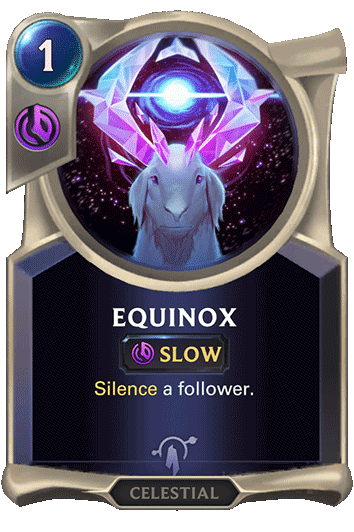 |
An example of Parameter 2 can be observed through Targon’s suite of Silence spells in Hush and Equinox. These two cards are the main reasons why various “old-school” decks, such as They Who Endure and Swain/Twisted Fate, no longer see very much play. Having your 7 mana boss monster rendered useless for 3 mana or your Swain + Leviathan stun-lock broken for 1 mana is simply not a winning strategy, and this is reflected in the low playmates of these decks at the time of writing. As a result, it can be argued that Hush and Equinox are oppressive.

Finally, an example of Parameter 3 can be observed through the dominance of Fizz/Twisted Fate between Patches 2.1.0 and 2.5.0. Fizz/TF was a deck that was built around creating wide Elusive boards and leveling up Twisted Fate very quickly — sometimes being able to do the latter in just one turn. Out of the 16 players who made the Top Cut of Duels of Shurima, a grassroots LoR tournament that took place in March 2021, 13 players played Fizz/TF as part of their three-deck lineup, for a representation percentage of over 80%.
Fizz Twisted Fate was so powerful and common in tournament lineups that it warped the metagame around it, with players often choosing to ban it or bring a lineup where all three decks had a favorable matchup into it. As a result, this level of centralization can be argued as being oppressive.

Thresh/Nasus: Strong, but not oppressive
Let us now examine how Thresh/Nasus fits into the framework that we defined above to determine whether or not it is oppressive.
I believe that Thresh Nasus does not satisfy Parameter 1 because it has an effective amount of counterplay in most, if not all, stages of the game. While it can be tough for most decks to beat its best aggressive openers (such as Baccai Reaper on 1, Cursed Keeper on 2, and Blighted Caretaker on 3), AoE options such as Withering Wail, Avalanche, Death Lotus, and Ice Shard are all good options that will allow the opponent to stabilize against the offensive onslaught. Other decks, such as Lee Sin, can tank the damage and heal back up over the course of a few turns with Eye of the Dragon. Yet other decks like Renekton/Sejuani can prey on the low Health of Thresh/Nasus’ aggressive units and punish it with Overwhelm.
Thresh/Nasus’ late game also has a considerable amount of counterplay to it, and while it can sometimes be stopped by a timely Rite of Negation or leveled Nasus’ SpellShield, that alone does not make the deck oppressive. The Nasus + Atrocity combo can be stopped by the following cards:
- Hushing the Nasus and blocking it with a 2+ Power unit to kill it
- Frostbiting Nasus with cards like Flash Freeze
- Killing Nasus with hard removal, such as Vengeance or Entomb
- Deny or your own Rite of Negation on the Atrocity
Parameter 2 is generally reserved for the effect of individual cards and their subtractive effect on the viable deck pool (hence the Hush and Equinox example I provided earlier), so I will ignore it for now.
Thresh/Nasus comes close to satisfying Parameter 3, but I do not believe it has come to the centralizing nature of its predecessor (Fizz/TF) just yet. In the Mastering Runeterra tournament that took place a week before the Empires of the Ascended Seasonal, Thresh/Nasus was present in the tournament lineups of 10 of the 16 Top Cut competitors.
While this is definitely a cause for concern, it does not break the 70%+ metric that I have personally set for an oppressive deck. The Mastering Runeterra tournament was also the first real event where Thresh/Nasus made a splash on the competitive scene, and time will tell if the metagame adapts to its presence and decreases its dominance over a prolonged period of time. Rises in the playmates of decks like Ashe/LeBlanc may end up doing the trick
Finally, even if we disregard the parameters I laid out above, one thing about Thresh/Nasus that makes me believe it is not oppressive is that while its best hands can seem unstoppable, it is also equally as capable of opening a subpar hand filled with utility options and top end. For example, a sample opening hand of Black Spear, Rite of Calling, Thresh, Nasus, and Atrocity is nothing to write home about. This lack of consistency balances out the power of the “high rolls” that can sometimes occur.
Future balance adjustments
While I disagree that Thresh/Nasus is oppressive as a whole, I do believe that certain cards in the deck are worthy of balance adjustments. The two main cards that I would like to see adjusted are Atrocity and Thresh.
 |
 |
Atrocity is a card that has been used in a variety of decks as a powerful “reach” tool throughout LoR’s history. It first came into prominence alongside Commander Ledros, but has also seen play in Endure, Deep, and Invoke decks (the latter using The Great Beyond created off of a Starshaping as its Atrocity target). The main problem with Atrocity is that it costs 6 mana, meaning that if a player has 3 spell mana banked on Turn 10, they can cast it on the same turn they summon a high-Power unit that costs 7 or less (such as Nasus or They Who Endure).
The 6-mana cost also means that starting on Turn 9, players can use two copies of the card in a single turn if they bank 3 spell mana, which is quite difficult to stop. Many players have suggested increasing Atrocity’s cost to 7 in order to remove both of these properties, and this is a change that I support and would be quite happy to see implemented by LoR’s Live Design team.
The other card I would like to see adjusted in the Thresh/Nasus deck is Thresh. Thresh is the one card in the deck that I feel is on the verge of being oppressive because of how he punishes the opponent for blocking and/or removing the Thresh/Nasus player’s followers. In other words, Thresh punishes the opponent too harshly for playing the game and trying to survive against the early game aggression the deck is capable of. This is most notable when a Thresh levels up as a result of an AoE effect like Avalanche or Withering Wail.
I am not exactly sure how I would nerf Thresh, but making him a 3|5 (so that he is easier to remove, and thus, harder to level up) or changing his level up condition (such as making him have to see 7+ or 8+ units die to level up) may be potential adjustments to consider.
-

Angus "Morppadorp" Lam is a Canadian Legends of Runeterra player for Team Aretuza.
Sort by:
Comments :0

